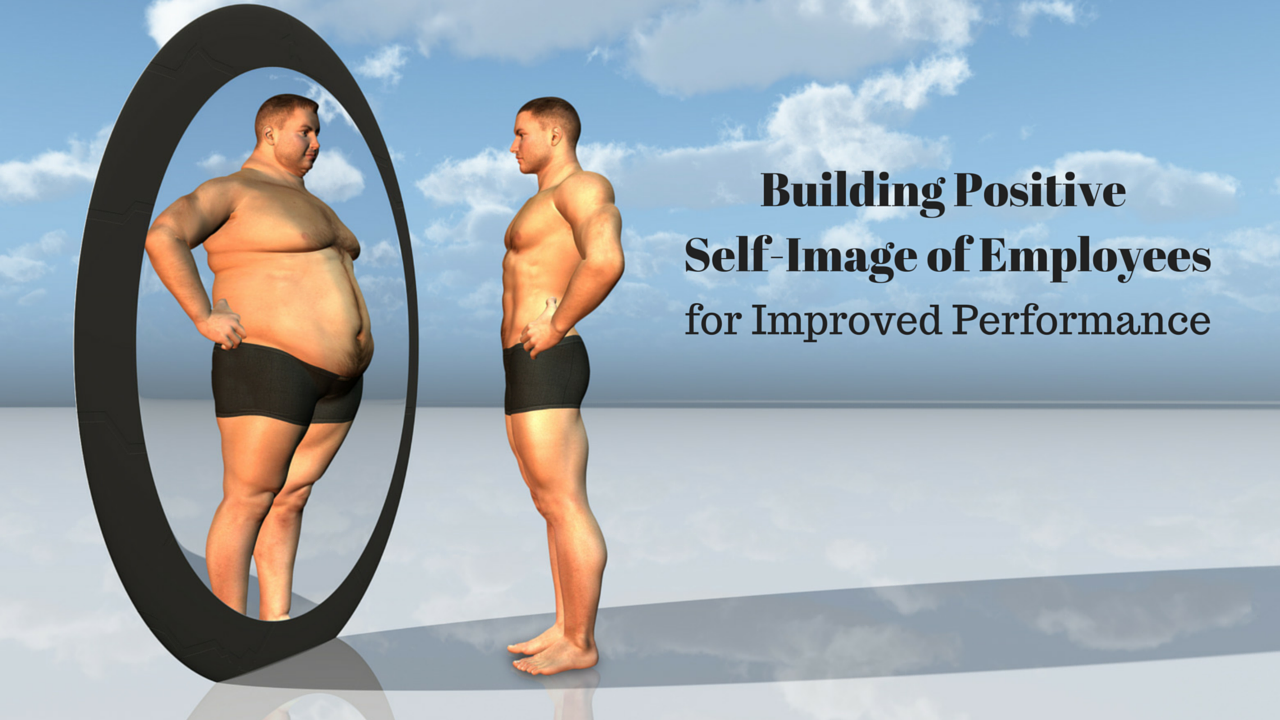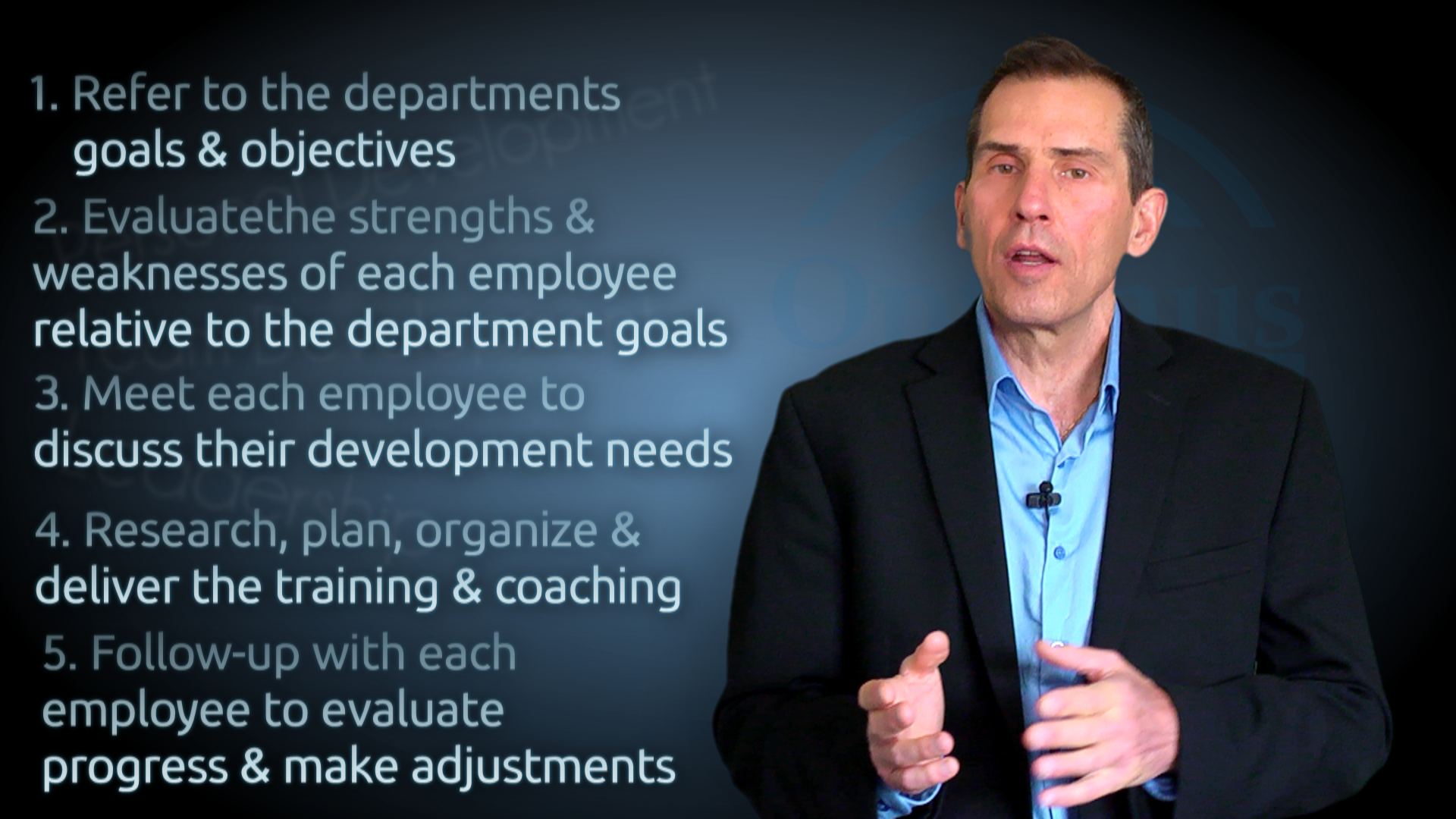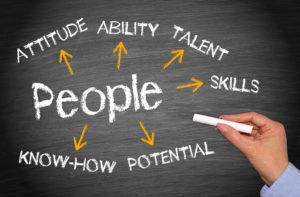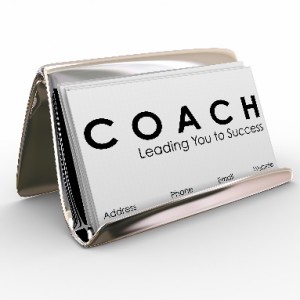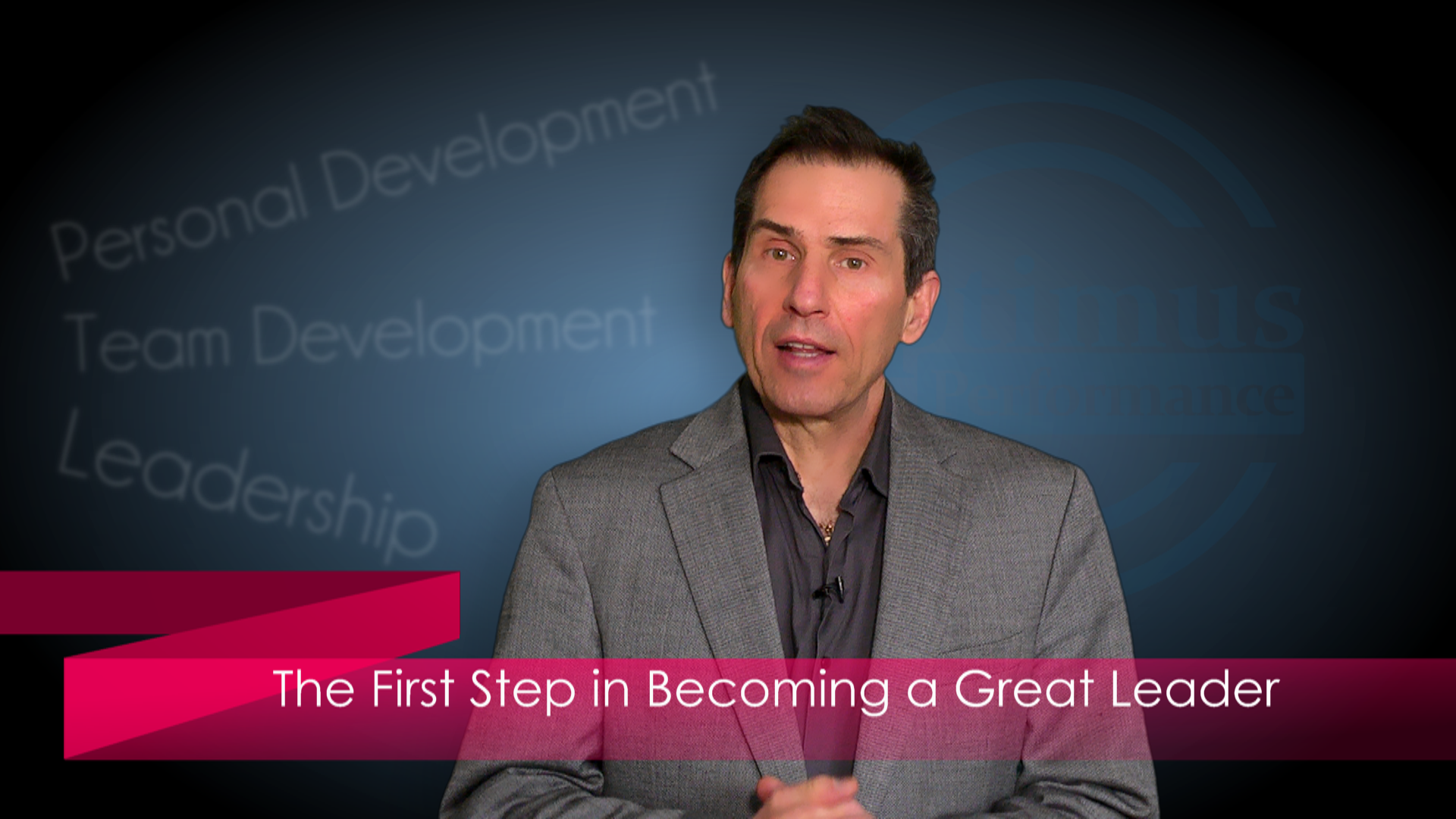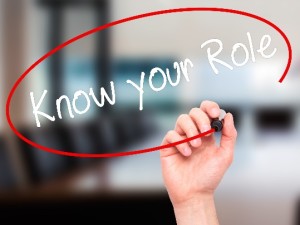 People who have a good self-image are more confident in themselves and their ability to grow, learn new things and achieve goals.
People who have a good self-image are more confident in themselves and their ability to grow, learn new things and achieve goals.
Although we cannot change someone’s self-image we can have an influence on their self-perception. Leaders who understand this principle can have a positive and persuasive impact on employees that can lead to greater employee performance and engagement.
What leaders can do to build positive self-image of employees
- Set development and performance goals with employees that challenge them but are not too overreaching. Make sure to provide proper support for them to achieve these goals.
- Give positive feedback. This is a habit that the leader needs to develop, so it begins with being mindful of this and taking action. Look for what people are doing well towards achieving their goals or solving problems on their own and then recognize their effort with positive feedback.
- When giving positive feedback and recognition make sure to specify the personal attribute that the person demonstrated or used to achieve the goal or task. This reinforces the person’s awareness of this strength and is much more powerful than just saying good job. “You have a great eye for design and creative thinking and it really shows in this presentation” is an example rather than saying “nice presentation”.
- Provide training on personal development that has people learn about how their thoughts and emotions affect their self-image and the impact it has on their work and life. The more people learn about themselves and how to recognize and dispel untrue negative personal beliefs, the more they are able to develop a better self-image.
- Treat people with respect and express appreciation for the effort they are making in their work and for self-development. When people know their leader cares they feel better about themselves and the relationship.
These tips and practices are not rocket science and can be implemented right away, except for point four about training, which takes some research and planning. The only thing holding you back from applying these steps or being better at it is awareness and habit. Recognize the importance of doing these things and understand that it is an essential part of the role of a leader. Make it happen!
Stephen Goldberg
